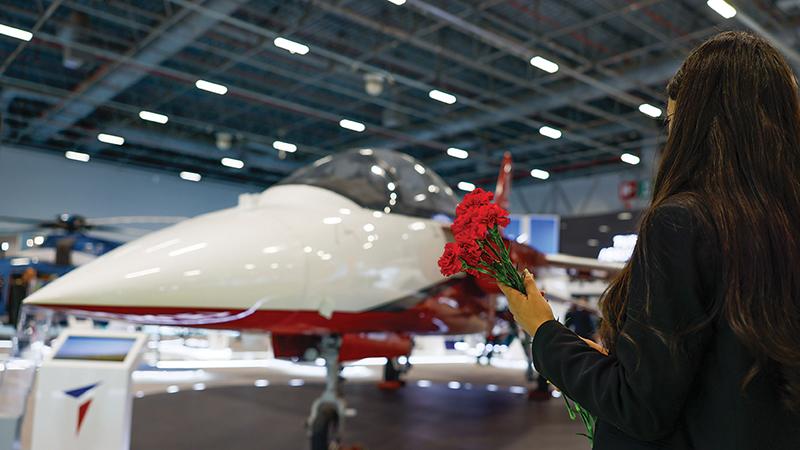
A full-scale mockup of the Hurjet was center stage of Turkish Aerospace’s presence at Saha Expo and the backdrop to memorial events after the Oct. 23 attack in Ankara.
Credit: Oguz Balay/Saha Expo
A terror attack directed at the heart of Turkey’s growing aviation industry marred what should have been a celebration of the country’s advancing aeronautical prowess last week. Five people were killed, and more than 20 were wounded when two gunmen ambushed the headquarters of Turkish Aerospace...
Turkish Aerospace Presses Ahead Despite Terrorist Attack is available to both Aviation Week & Space Technology and AWIN subscribers.
Subscribe now to read this content, plus receive critical analysis into emerging trends, technological advancements, operational best practices and continuous updates to policy, requirements and budgets.
Already a subscriber to AW&ST or AWIN? Log in with your existing email and password.





